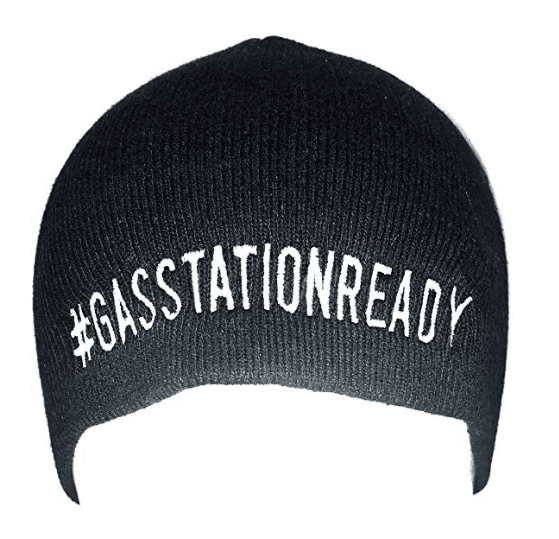Bill “Peanuts” West and Old School Physical Culture
By: Adam benShea, PhD
Born in 1937 as William Weiss in Pennsylvania, but better known as Bill “Peanuts” West, Peanuts is responsible for bringing together one of the most important gatherings of lifters and training knowledge in physical cultural history. Like an old Charles Atlas sales pitch, West was a weak and skinny kid until he started to lift at 15 years old. In a pattern that we have seen in many stories of physical cultural greats, West had a mentor. Gene Wells, who was Mr. Pennsylvania at the time, took West under his wing and introduced him to weight training.

In 1952, West left high school and along with Wells, headed out to the fabled Muscle Beach. This was a golden age in physical cultural history, when Muscle Beach was still at its original Santa Monica location and flexing bathing suit clad musclemen were considered truly exotic outcasts to the strait laced societal norms of the 1950s.
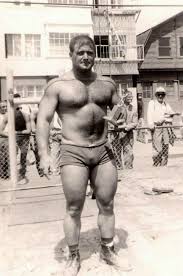
At that time, lodging was provided at a place called the Muscle House by the Sea. The owner of the house was an old lady named Joy Crettoz who treated the young strength athletes as if they were her own children. However, her lodging house was strictly vegetarian. To gain weight, West ate one pound of raw peanuts, ½ a cup of peanut butter, and six spoonfuls of peanut oil daily. Because of this, Joy started to call him “Peanuts” and stamped this name in history by placing it over his locker.
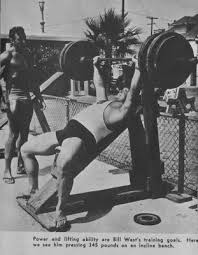
With his bodyweight climbing, West experimented with different lifts. He started with Olympic lifting, before realizing quickly that he did not have the build to excel in that particular type of movement. Rather, he focused on the odd lifts (as they were called in the 1950s), such as the bench press and the squat. It was during the 1950s that the term odd lifts morphed into the modern sport of powerlifting, which revolves around the bench press, deadlift, and squat. And Bill West was a pioneer in that pivotal period.

Never one to be concerned with aesthetics, West trained with Ike Berger and Dave Ashman in a heavy squat and press program, before starting his own facility. When the city of Santa Monica shutdown Muscle Beach in the late 1950s, West and some of his compatriots moved to a small garage without power or lighting. To provide light, candles lined the gym until one was knocked over during a late night training session and the garage burned to the ground.
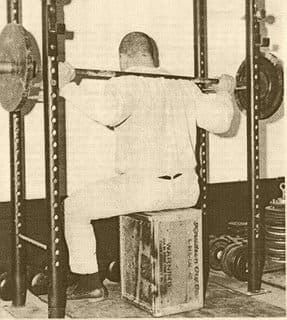
Out of misfortunate came opportunity. West invited a select group of lifters to train at his house in Culver City and the original Westside Barbell Club was born. This was a place where serious lifters gathered without having to worry about distractions or even gym fees, because West did not charge anyone. A lineup of legends passed through the gym, guys like George Frenn, Pat Casey, and Chuck Sipes (all of whom were featured in past Jailhouse Strong videos). There was also the American bench press record holder Bill Thurber, Olympic hammer throw champion Harold Connolly, and Olympic shot put medalist Dallas Long.
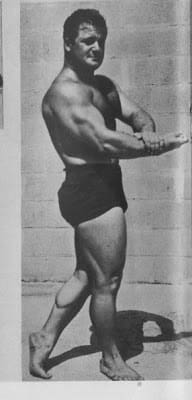
At the same time that West opened his gym, Joe Weider moved his publishing business from the East to the West Coast. Weider quickly noticed the rich knowledge coming out of the Westside Barbell Club and he asked West to contribute content to his magazine. In this context, West shared groundbreaking information that is now considered foundational in the world of lifting. Some of those ideas included partial range of motion training (like box squats), accessory lifts (like the incline bench press and straight legged deadlifts), weightlifting gear (most famously was the wrapping the torso in bed sheet as a precursor to powerlifting support suits), power rack lifting (like rack pulls), and the touch system (where a spotter places his hand on the bar to offer a psychological boost to the lifter).
You know Peanuts stayed #GASSTATIONREADY
